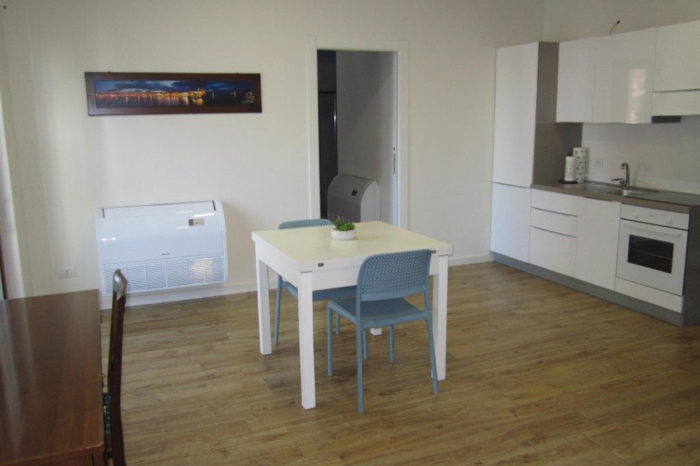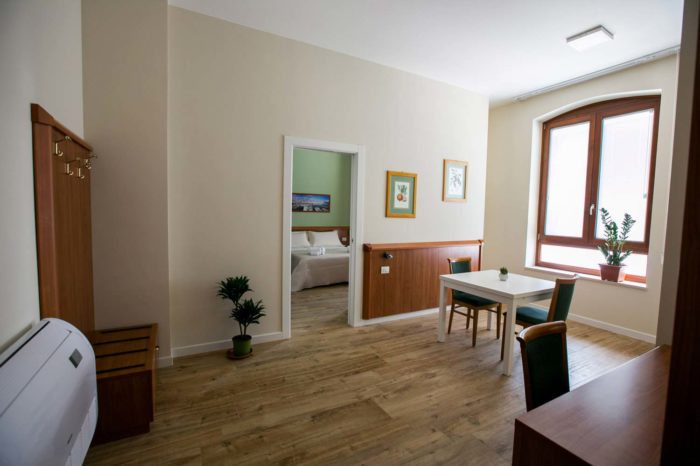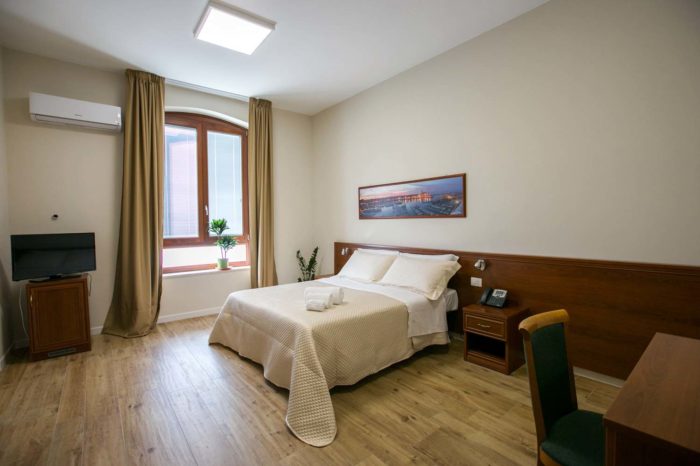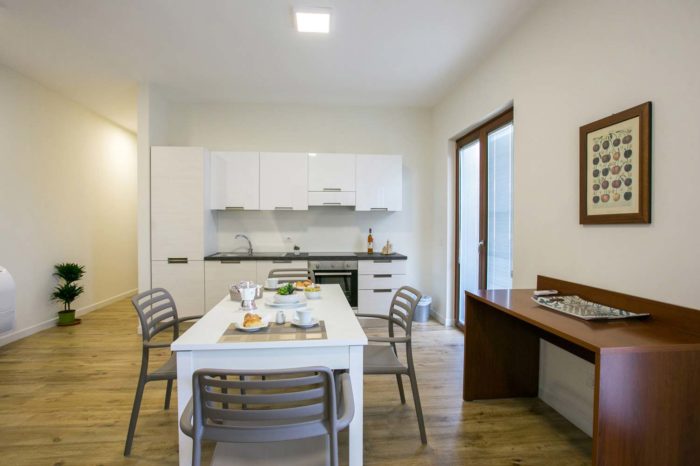Trani
The city and its points of interest
Cattedrale:
is the largest of the city’s monuments and a must on the Romanesque-Pugliese route. It was built in honor of San Nicola Pellegrino and its construction started in 1099, was completed without the bell tower in 1185. The majestic temple consists of three superimposed churches: 1) the hypogeum of San Leucio of the century. VII; 2) the two crypts; 3) the Upper Church with a basilical plan with three naves. Between the first half of the century The bell tower was built in the XIII and in the middle of the following century, with a height of 58.90 meters.
Castello: is a 12th century manor that Frederick II wanted to erect imperiously over the sea. Here on June 2, 1259, the marriage between King Manfredi and Princess Elena Comneno took place. In the first week of August the re-enactment of this event opens the doors of the castle to citizens and tourists to revive those same emotions of about eight centuries ago.
Porto: it is of significant importance for tourism. The port structure has marked a process of osmosis with the city’s economy. Starting from the initial fishing activity, we have reached the tourist activity which, with pleasure boating, has led to the creation of a municipal dockyard equipped with all the best services for several years.
Villa Comunale:
a charming roof garden that is 7 meters above sea level. In the park there are copies of the Tables of the Maris Ordinamenta, published in 1063 and considered to be the oldest Mediterranean maritime code of the Middle Ages. Moreover the Fortino grants a panoramic view of the port. Also from the park it is possible to observe the coast whose waterfront leads to the Colonna peninsula, a bathing area.
Monastero: is located in the Capo Colonna area. Tradition has it that the Cassino Benedictines settled there in the second half of the eleventh century. One of the many Saracen raids against the Monastery is linked to the festival of the Crucifixion of Colonna whose recurrence takes place on 3 May. Restored in the 20th century it has been transformed into a precious center of culture.
Piazza della Repubblica:
is the central square of the city. It consists of two large rectangular plazas: one of the two houses two fountains and several benches on which you can sit and chat in the shade of many trees and in it stands the bronze statue dedicated to Giovanni Bovio, a famous Italian philosopher born in our city . In the other clearing, instead, in addition to the trees that surround the perimeter, the central part occasionally hosts flea markets or events. It serves as a meeting place for young and old, thanks also to the many bars and clubs that surround it.
Piazza Libertà: almost triangular in shape, it is one of the most “haunted” squares in the city. It serves as a watershed between Via Mario Pagano and Via Ognissanti, located opposite the Municipal Library named after Giovanni Bovio and the beautiful church of San Francesco consecrated in 1184. The title is linked to the revolutionary movements of 1799, and before they demolished the walls to then create the Piazza della Repubblica, this square was the living room of the city until the 1800s. Architecturally it consists of a central fountain, surrounded in turn by a pair of benches. Here, there is also a tall stone monument in honor of the Immaculate Virgin. During the Christmas period, a beautiful temporary crib is set up, different each year, as a tribute to citizenship.
Piazza Longobardi: in the past this square was also called “Piazza del pesce”, because it housed the fish market. Today, it is a large open space where you can walk and stop to chat while sitting on the benches. “Silent” by day, in the evening it comes alive thanks to the recently opened clubs.
Piazza Quercia:
named after Gaetano Quercia, lawyer and intellectual from Trani, is one of the largest and busiest squares in Trani. It has no benches, but is no less animated than others. Overlooking the harbor, it offers a panorama of great charm. It is surrounded by bars and cafés where you can stop for a breakfast or aperitif, and from nineteenth-century buildings that were once home to wealthy Tranesi families. Here in 1963 a monument dedicated to the Maritime Statutes or Ordinamenta Maris was erected. In this square, moreover, popular events and shows are held. In the past it has hosted various concerts of famous singers and between 1955 and 1959 it hosted the Italian Song Festival, a real prestigious event almost at the level of the Sanremo Festival.
Piazza Teatro: another popular square is piazza Teatro, so called because the city theater was built on it. Built in the late 1700s it was designed inspired by the San Carlo in Naples, so much so that it resulted in a reduced-scale copy of the Neapolitan theater. Unfortunately it was demolished in the second half of the 1900s, after having been damaged following a bombing in the Second World War. At the beginning of the 2000s the square was redeveloped creating another meeting point for the Trani movida.
Piazza Plebiscito:
it is the square in front of the Villa Comunale formed by a large flowerbed rich in very tall palms and a little further on with another space with trees and benches. During the local festivals and especially during the patronal feast of San Nicola Pellegrino, it fills with stalls selling ethnic and confectionery products.
Our solutions
Book your next stay
Family App
Prices
Da
130 € per notte
Visualizza

Two room flat with kitchen
Prices
Da
70 € per notte
Visualizza

Two room flat
Price
Da
70 € per notte
Visualizza

Standard Room
Prices
Da
60 € per notte
Visualizza
Address
Residence Trani
115° Strada a Denominarsi, 2
Trani 76125 (BT)Reservations
Tel.: +39 0883/1986220
Tel.: +39 0883/1986221
Cel: +39 366/2870502
residencetrani@gmail.comRooms & Apts
Recent Posts
- Trani: the square tells ...03/07/2019
- Trani: the architecture that looks at the sea11/04/2019
- Christmas in Trani: events and curiosities26/11/2018
- Trani: the square tells ...


